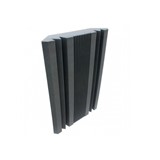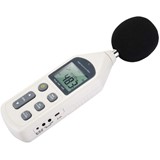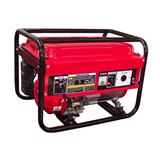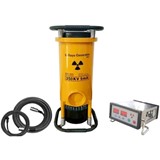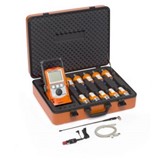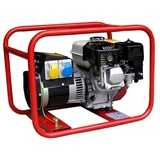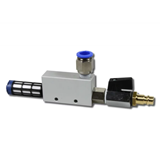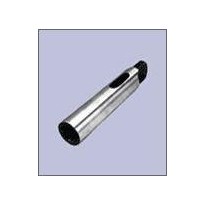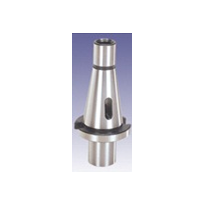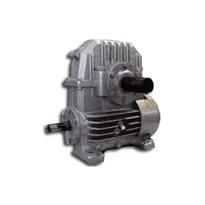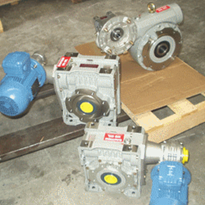Demand for quieter gensets has escalated as more and more people have discovered the joy of energy independence – but the terminology can be somewhat obscure. What is “Noise Reduction” in a generator? What does a “Decibel” really measure?
What is a Decibel?
In the simplest terms, a “Decibel” or “dB” is a measurement of the sound level produced by an object as it vibrates, sending that vibration through the air. Decibels are measured in two ways – dB(L) and dB(A). The first, dB(L) is measures sound on a linear scale. In the generator world, we don’t use dB(L), as it treats all sound as equal, and as we all know, not all sounds are created equal.
Instead, the industry standard measurement is dB(A) at 7 meters. The dB(A) scale is weighted to more perfectly match frequencies to what the human ear actually registers. For generators, dB(A) is calculated in “free field conditions, which is exactly like it sounds – a generator alone without buildings or other obstructions.
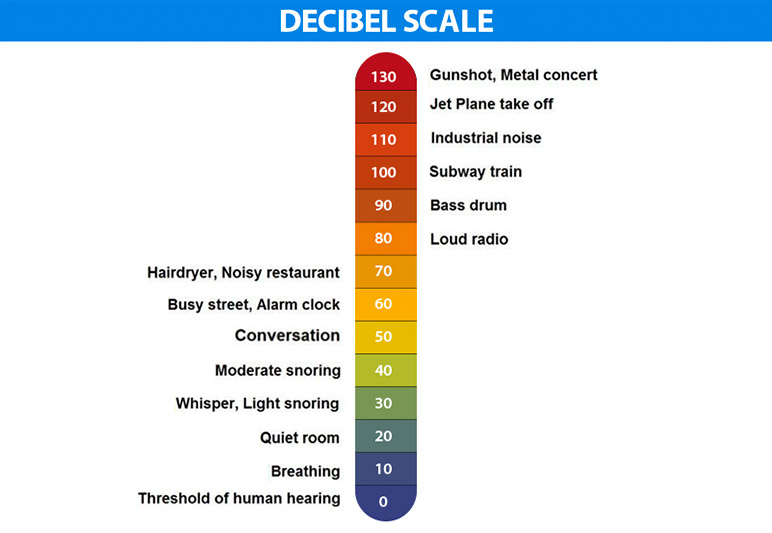
What Decibel Levels Actually Sound Like
Knowing what a decibel is still doesn’t convey what a decibel sounds like. We recognize that on its own, telling you our generator “runs at 69 dB(A) at 7 meters” might be handy, but doesn’t really convey what that sound level feels like. To help you get your bearings, check out the list below.
- 10 dB – Breathing in a quiet room.
- 30 dB – A whisper or a library.
- 50-65 dB – Normal speech at .5 meters or ambient conversation in a busy restaurant.
- 70 dB – Running a vacuum cleaner, shopvac, or a hair drier.
- 80 dB – Powering a garbage disposal at home or a diesel truck at 15 meters moving at 80 kilometers per hour.
- 90 dB – Using a food blender.
- 100 dB – Mowing the lawn with a petrol mower.
- 110 dB – A rock concert.
Now that you have a mental reference, consider that our average diesel generator operates at 69 dB(A) – equivalent to a hair drier at close range or a packed restaurant – and perhaps you can see why Noise Reduction is such an important factor in generator manufacture and installation.
Noise Reduction: Environmental Materials
When sound is generated, it bounces and reflects off from hard surfaces. The good news is that reflected sound can be diminished. One way to combat the compounding of sound in an area is to install sound absorbing materials around and under the genset. Surrounding a genset with floor rugs, carpet, or specialized soft wall panels and ceiling tiles can help to muffle reflected sound and lower the overall decibel rating of the genset. Most of these specialized panels are built to convert sound energy to heat energy through the use of porous materials.
Depending on the installation site of the generator, specialized flexible panels may be deployed that use patterned, perforated linings to absorb sound. Between the flexible panels and perforated lining exists a small air pocket, which further improves sound absorption and noise reduction. In the industry, this is often called sound attenuation.
Two of Our Favorite Quiet Generators
If quiet generators are what you need, we’ve got lots of options to choose from. To get you started, here are three of our quietest gensets available!
The HYW-13 T5 HIMOINSA Canopy Diesel Generator
This Three Phase 12.5kVA prime generator runs at the sound of ambient chatter in a restaurant at only 59 dB(A) at 7 meters. If you need industrial strength power and quiet in one package, you can’t go wrong here.
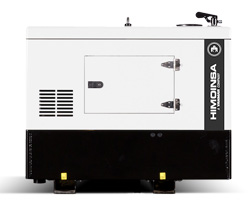
The HFW-500 T5 HIMOINSA Canopy Diesel Generator
If 12.5kVA just isn’t enough power for you, and you need some serious output without sacrificing too much noise reduction, this genset is for you. With a killer 500kVA prime, this genset can handle the biggest jobs that require massive power output and it still runs at a meager 68 dB(A) at 7 meters! With optional specialized factory upgrades such as the steel residential silencer, you can knock a further -35 dB(A) off which makes this generator run just below the average volume of a quiet suburb at night.
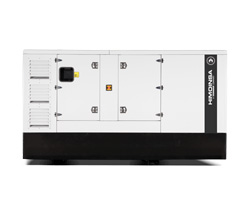
Our Experts Are Standing By
There is a great deal to say about noise reduction and sound attenuation where generators are concerned, and though we plan to keep publishing more articles that deal with the technical details to keep you in the loop, we know that sometimes literature can’t compete with a one to one conversation with an expert. With that said, don’t feel like you need to wait – call us or send us an email! Our experts can’t wait to answer your questions and help you find the energy solution you need!



